Siberian Greenfield. Elena Drugova about Advanced Learning Technology at TSU
Monitoring the best educational practices across the world and solving old problems in completely new ways — this is the objective of the TSU Institute of Advanced Learning Technologies headed by Elena Drugova.
Elena has told us about how studying in Australia helped her to change her view of education, why we need pedagogical designers, and what to expect from adoption of VR technology and artificial intelligence in education.
Master’s Degree in Melbourne
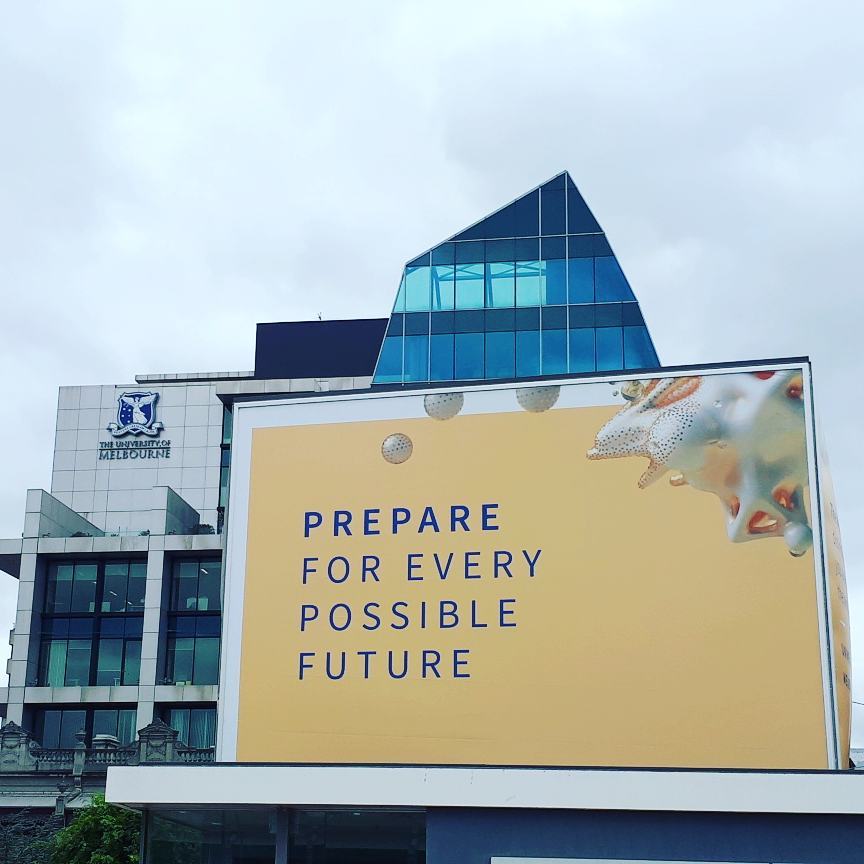
In 2017, Elena, then-Director of the Center for Human Resources Technologies at TSU, entered Monash University in Melbourne, Australia. This was the choice of hers: the government-sponsored funding program “Global Education” is available to all Russian citizens. It provides for entering one of the world’s leading universities for training in a certain professional area and thereafter, in exchange for being compensated for studying and living in another country, working in Russia for three years, also in an organization from the list available. Elena chose “Education Leadership and Policy”, and therewith planned to return to her native university, TSU, thereafter.
“Similar programs exist all over the world,” says Elena Drugova. “Apart from Russia, they are definitely deployed in China, Indonesia, Malaysia, and other countries. They are a way, on the one hand, to stimulate academic mobility, and on the other, to prevent the outflow of intellectual capital abroad.”
According to Elena, Monash University is exactly the case when a university can be called a greenfield. Founded in the 1950s, it is not really old, and it looks very modern and even futuristic.
At the university, I saw a campus equipped under all the principles of modern learning theories,” says Elena. “There are spaces of various kinds there, both for large groups and small subgroups of students. A lot of walls are transparent there, so you can see the whole university studying process, but noise-proofing is excellent as well.
Also, the educational environment is totally international. About 90% of the students in our year of admission were not Australian. Nowadays Australia is quite a Babylon; there were 5 million people here 25 years ago, and now there are 20 million, and these 15 million, of course, have come from somewhere.
Becoming a resident of Australia is challenging, so the people coming here are top representatives of various countries, but still they stick to their cultures: the Chinese look like the Chinese, the Russians look like the Russians.
In Australia, cultural integration of students is given prominent attention. There are student escort programs, local clubs holding formal and informal events, as well as a solid psychological support, even involving meditation and domestic animals — communication with the latter is believed to relieve one’s stress. Australian universities understand intensive stressogenic effects of living in modern society, so they take account of the density of information noise, and support their students as much as possible. Even when choosing a place to study at, it was important for Elena to be able to come there with her family — she has a husband and little children — although, for family embers, the cost of living is not compensated.
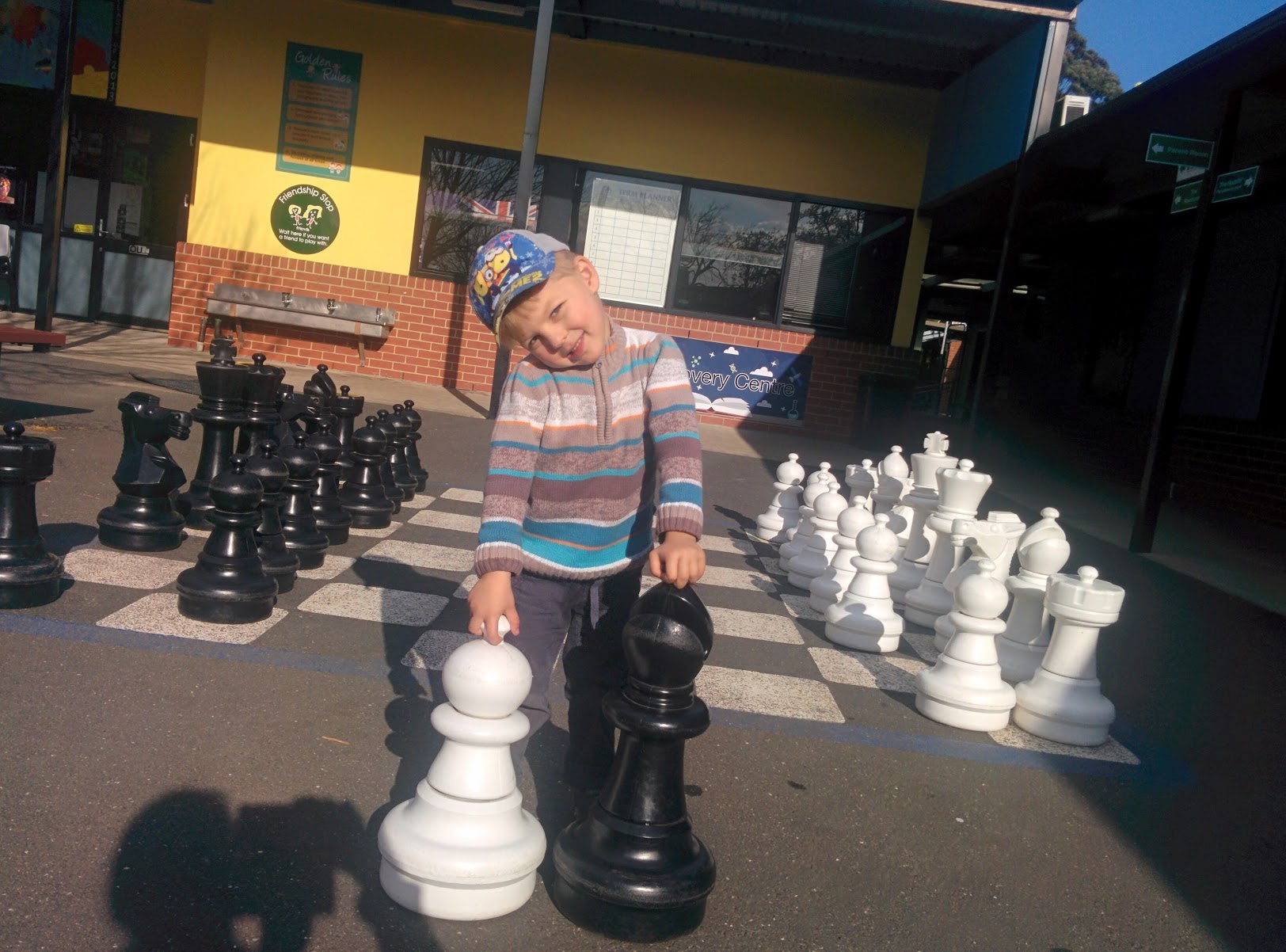
“What makes Monash so beautiful is its community of students having children,” she says. “You can meet, discuss parenting issues over coffee, and the children are free to play at the same time. Kids are very welcome there at all; no one is driving them away from campus. The university’s attitude to this is as follows: there are adult students with children, so they should be allowed to study just like those being young and childless.
“But the main point, in any case, is studying. The cost of education is high, and the students cling to their places. Everybody understands that no one will be held here if missing assignments, and failure to keep up will be followed by one’s expel.”
How Does Education Work in Australia?
.jpg)
“The two years of a Master’s program, like here, are divided into four semesters. Each semester has two ‘units’ — educational courses,” explains Elena. “The first two units are compulsory; they get the students acquainted with the possible research topics in education in general, and teach them how to pose a right question. First, students are taught to get rid of subjectivity, take into consideration different points of view; that is, to be able to focus their thinking. All the subsequent units are elective. Of course, when taking them, one will have to cover a chosen direction — ‘Education’, in my case. I already had my professional interests established, so despite the great variety of choice, it was not difficult to determine the area.”
There are relatively few classes to attend physically — one double class per week or less. As Elena remembers, there also were extensive all-cohort lectures for 300 people, though very rarely. But the program implies a lot of things a student should do on their own: they read, cogitate, and write works online. This learning strategy is called “flipped classroom”, with classroom time dedicated to discussion, communication, and problem solving.
“Working outside the classroom is a must,” says Drugova. “You need to write your own questions and ideas related to an academic text, to comment on the conclusions of another student. And since students have different cultural background, reading what they write was especially interesting — you may see totally different reactions to the same text. There was a lot of online work, but I lacked a little live communication in the campus. It’s just that I love it, but some people, perhaps, find the given way more convenient.”
At Monash University, no idea of having careless fun between examination periods, quite common in Russia, can live long. “No way can you read a hundred articles in three days. No way can you write a work of 12 to 15 pages in a foreign language overnight. That’s impossible!” Elena is certain.
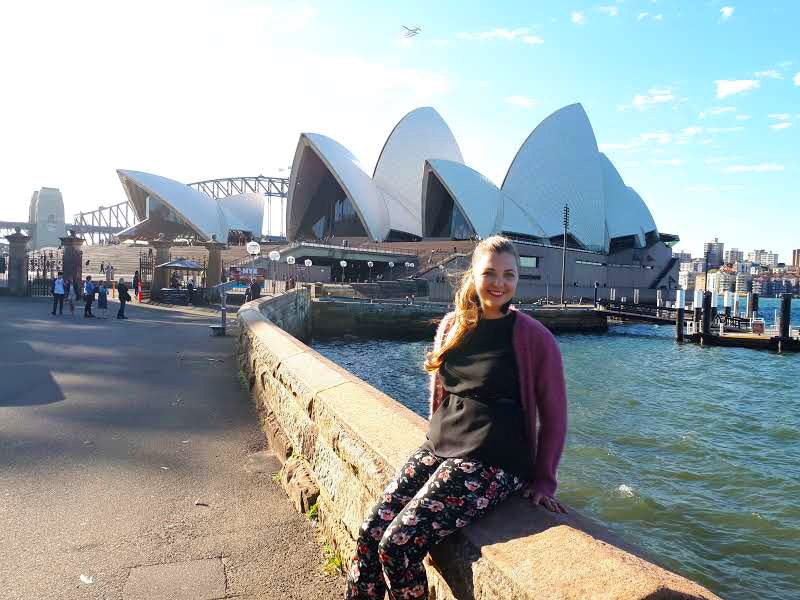
During the semester, students write two major qualifying papers, which may be essays, projects, analytical notes, or something else. The volume required is 4-5 thousand words per paper, which corresponds to a decent academic article. At the end of the program course, each student must submit a final paper. Elena wrote about how the world’s leading universities were improving their teachers’ pedagogical competence, as this issue is a topical concern not only for Russian universities.
Professors and lecturers are often immersed in their academic subject, they may be good researchers, but sometimes they are poor teachers since they’ve never learned to teach other people,” Elena explains. “Many universities around the world are facing this challenge and trying to tackle it, inventing various programs. I studied, compared and described them, and consequently translated the final text into Russian. In December, my article is going to be published in the journal ‘Voprosy Obrazovaniya’ (Eng.: ‘Issues of Education’) issued by the Higher School of Economics, and I am glad that I can share my conclusions with other researchers and practitioners.
From Moodle to Plario
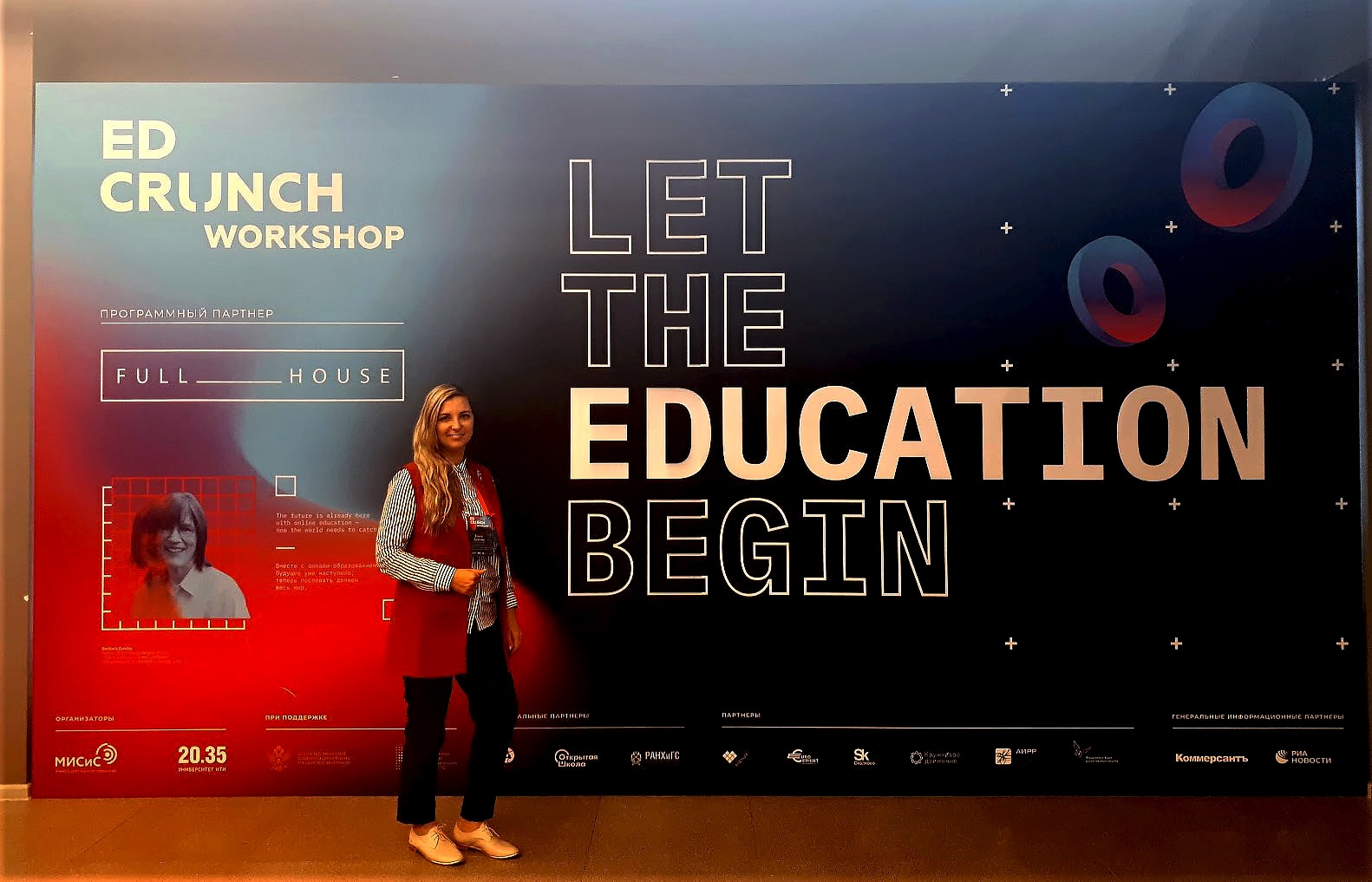
“Nowadays the most advanced universities are experimenting,” says Elena Drugova. “Everyone has passed the stage of mass open online courses (MOOC), whereon great hopes have been placed. There has been an opinion even, that online training would completely replace classical universities. Then it has become clear: no, it will not; but they play a certain role anyway. For example, now at Tomsk State University a student can have some compulsory disciplines replaced by online courses and get their credit or exam. But universities in their classic form are very resilient structures; they survive any crisis, even though being accused of conservatism, lack of expertise, and populism. Both we and our foreign colleagues are studying this phenomenon from the inside and trying to understand what kind of institution it is. A lot of books have been published recently about the role of universities and its transformation. That’s why it’s so interesting to work here.”
The Moodle platform, whereto the university has already accustomed, has been an innovative project not so long ago, and also has been resisted by its potential users at first. Now it covers most of the TSU courses and subjects, the interface is understandable and convenient for both students and professors.
The university keeps moving, developing adaptive learning systems. The Plario platform for mathematics students, having been developed by TSU together with the Tomsk IT company “Enbisys”, is already up and running. This educational platform addresses a long-standing challenge: what should be done if the mathematics skills of freshmen, upon enrolment, differ a lot? How do we bring them to the same level?
“Adaptive learning is based on artificial intelligence technologies,” explains Elena Drugova. “There is a digital platform whereon a student performs certain exercises, with the system analyzing their trajectory, revealing the errors made, and showing where to go next. That is, it does not lead the student along a predetermined route, like, now you study Topic 1, then Topic 2, and thereafter Topic 3. The platform logic relies on the student’s educational results, taking into account their knowledge and gaps in the mastery of different topics. In this way, an individual trajectory is built, and one’s learning becomes more effective.”
This semester, the Plario platform has been launched in pilot mode. If all goes well, adaptive learning method is also supposed to be used in English learning, and in the future it will be suitable, to varying extent, for all other disciplines. For example, mathematics can mostly be translated into digital medium, while with respect to philosophy it can only take about a quarter of load, as the main work will still be conducted in classrooms, through live communication of students among themselves and with their professor. At the same time, a shift from the logic of “topics to study” to the one of “educational results to achieve” becomes essential.
Pedagogical Design
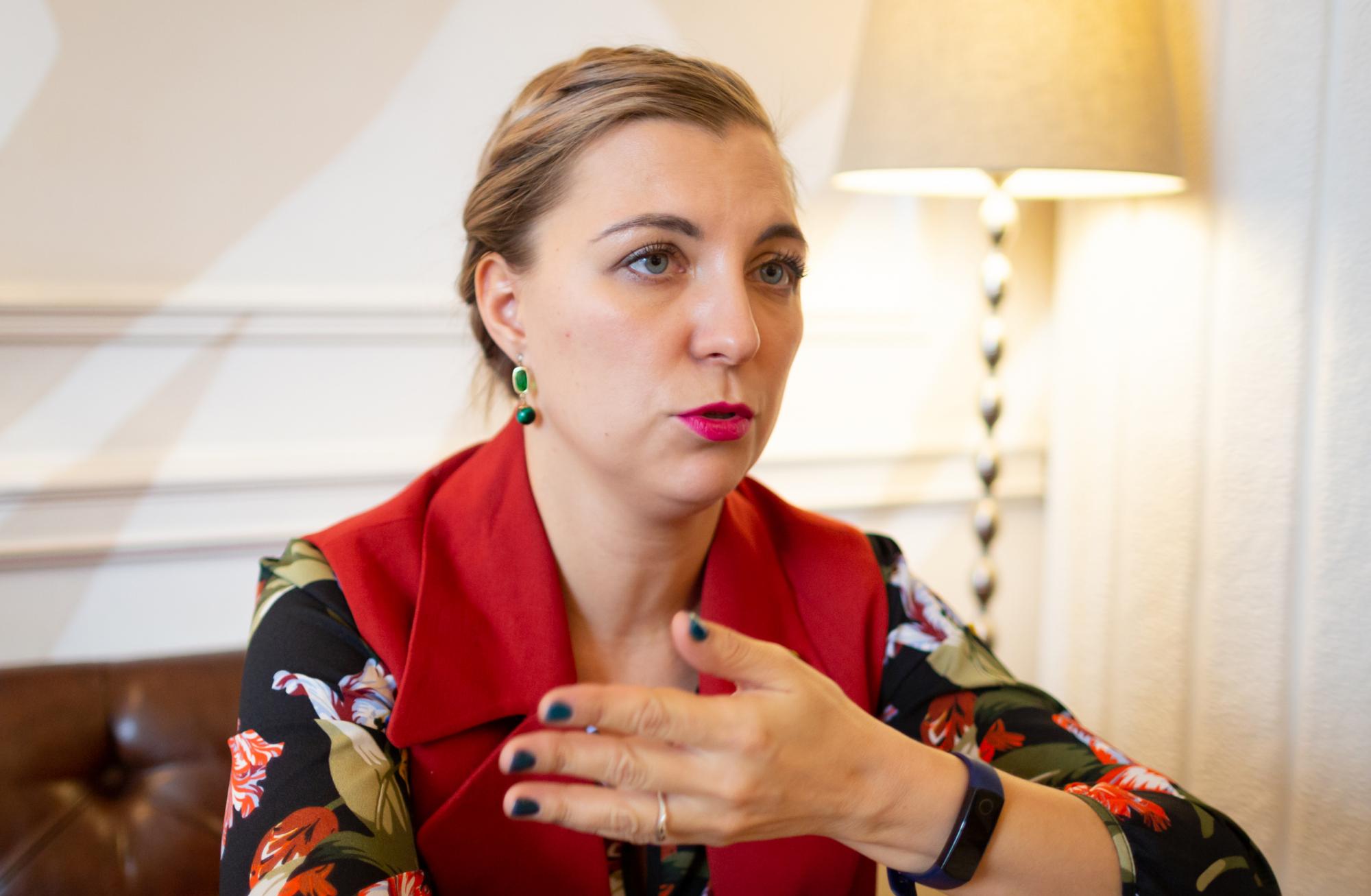
Systems and methods of distance learning based on modern technologies are created by special people — pedagogical designers. These professionals have a rare and strongly demanded competence, which is to shape a holistic framework from educational objectives, content, and available tools for knowledge transfer.
Special laboratories are being set up for new projects. For example, TSU hosts a lab where, under the leadership of Andrey Pristupa, a virtual reality design kit is created.
“Virtual and augmented reality are gradually becoming part of education, and great would it be if a virtual laboratory could be created for each course,” says Elena. “So that, for example, when studying electronics, students could produce a microcircuit in virtual space, in chemistry — conduct a potentially dangerous experiment without any risk of exploding everything around, in biology — study living tissue from inside, and so on.”
Large corporations deploy VR simulators for employees to train as much as they want before they start working using expensive equipment. In universities, this practice is less common due to greater variety of areas and programs, and creating a specific VR simulator for each of them requires serious labor and material investments. The TSU’s idea is to create a universal design kit, so that a teacher is able to construct independently, using a set of elements, a virtual room with specific class assignments. The first educational situation within a course “Health & Safety” has already been worked out. Students also participate in the development, and implement cases; this is part of their educational trajectory.
“Some other Russian universities also have their own laboratories for VR development, for example, the Far Eastern Federal University is creating virtual environments for schoolchildren to study chemistry, biology and other natural sciences,” says Elena. “Then the question arises: how can one measure the performance of the technology, prove its usefulness in achieving educational results? Another issue is that now educational institutions have little or no VR headsets and software required. Someday, of course, these items will appear in schools, as electronic whiteboards have done. And great would it be for us to already have our own developers to produce a high-quality and proven educational product.
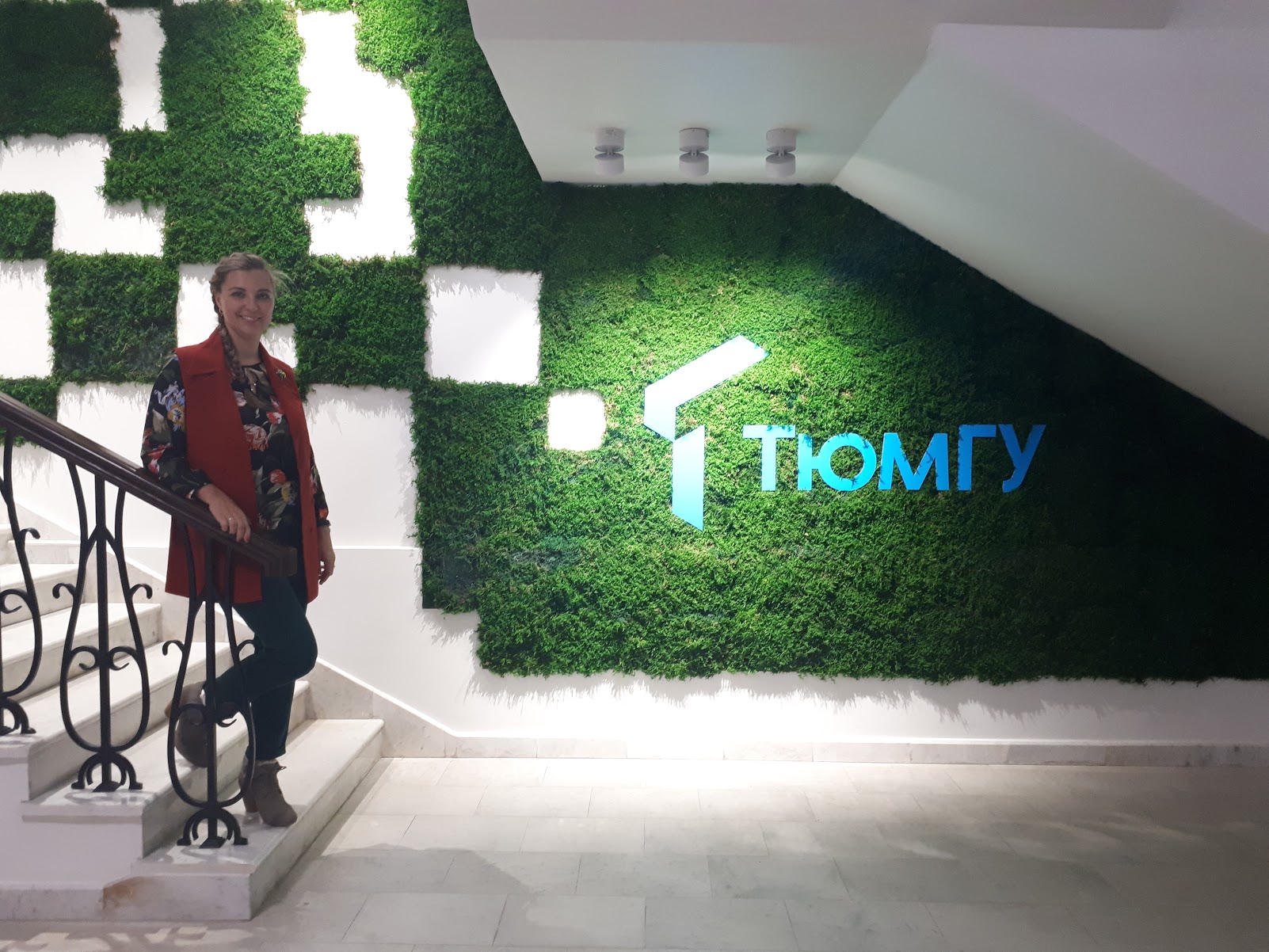
Around the world, ideas for new educational technology are being intensively discussed; they spring from professional literature, international reports, and specialized conferences such as EdCrunch. But Elena Drugova believes that before implementing a technology one should first assess its suitability for the university.
Sometimes you come across something cool, like, ‘Wow!’ And when you start thinking: what task does this technology solve in the place of its current implementation? Does our university have such a task to address? Maybe over half of the other university’s students are from abroad, and their massive adaptation is a must there? But we are still shaping an individual work with everyone, so we need no digital platform for adaptation. What should be implemented and deployed is something there is an internal demand for, a solution to a specific problem.
The Institute of Advanced Learning Technologies closely cooperates with the project ‘Institutional Studies of the TSU Intra-University Environment’ managed by Maria Abramova. Together we carry out a pre-assessment of the current situation: whether there is a need for a new technology, what is the readiness of employees to accept the same, whether and to what extent our technical infrastructure corresponds thereto, and so on. The aforesaid also applies to feedback from its users; their opinion must be taken into consideration both when finalizing the existing technologies and when introducing new ones.
University in the Future
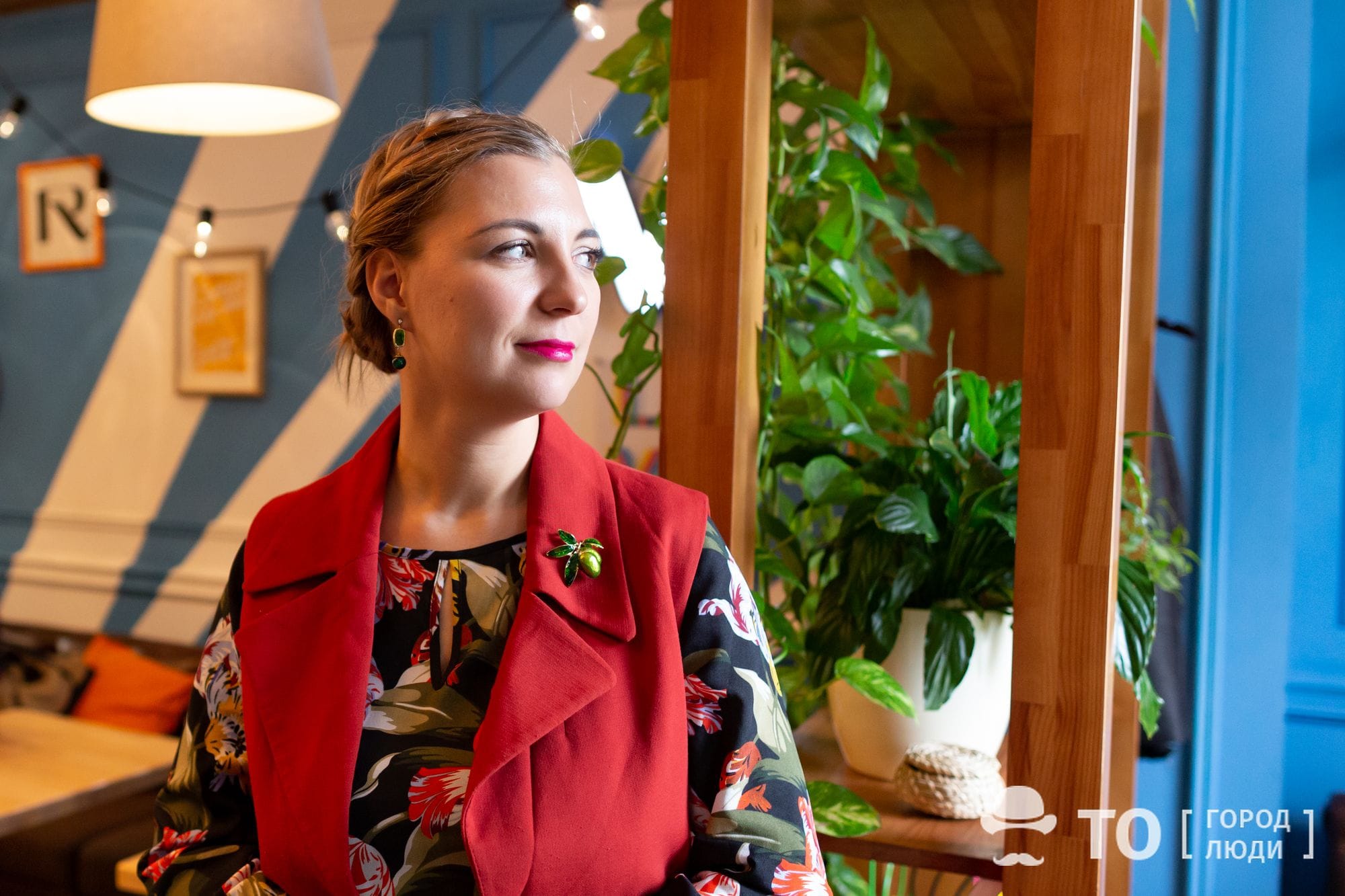
Among the technologies implemented in other universities, Elena Drugova makes special mention of smart chat bots that accompany students across all spheres of educational life.
“In many foreign universities, chat bots combine a variety of functions,” explains Elena Drugova. “They track the student’s schedule, telling you when to start studying for the next exam. They give recommendations as to your educational trajectory, answer questions concerning education and the campus: the working hours of certain facilities and services, how to get there, how to make a call, and so on. There is even a bot to introduce students to each other. I think it would be great to have such a mentor bot, too. Because TSU has a wide range of different services for students, but what we lack is a unified information environment.”
According to Elena’s assumption, such a mentor bot in TSU wouldn’t have to tackle all the students’ problems by itself. It could just direct them. For example, having determined the type of a student’s request, it could help this student to contact the appropriate service, like psychological or tutorial, or give a tip as to where additional courses could be found. The bot can be arranged in a number of ways: a simple treelike algorithm or a self-learning system based on artificial intelligence. But, for starters, we just need to figure out what kind of questions are those our students usually refer to support services; where the university employees have the heaviest workload; what are the things the students really need, and so on.
In the future, Elena Drugova is certain, the university will keep developing as a research and technology-savvy institute, strengthening its position on the global educational market.
“Moreover, I am sure it will become more international,” says the Head of the Institute of Advanced Learning Technologies. “In this regard, the campus must change. I believe that it will grow and transform. As it usually happens, there is a beautiful central building, a historical one, which, of course, should remain unchanged. And in addition, a new campus should be developed around — modern, comfortable and well-designed. For me, this is an ideal concept; the ideas of technologization of learning harmoniously combined with the core principles of openness, diversity, and human orientation, to be rooted in the campus environment.
Text by: Katerina Kajgorodova
Photos by: Veronika Beletskaya
